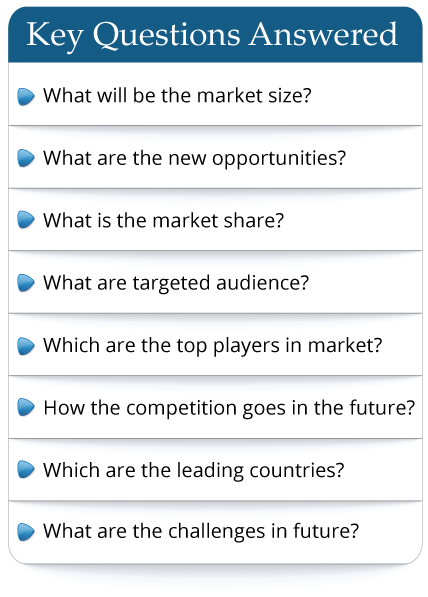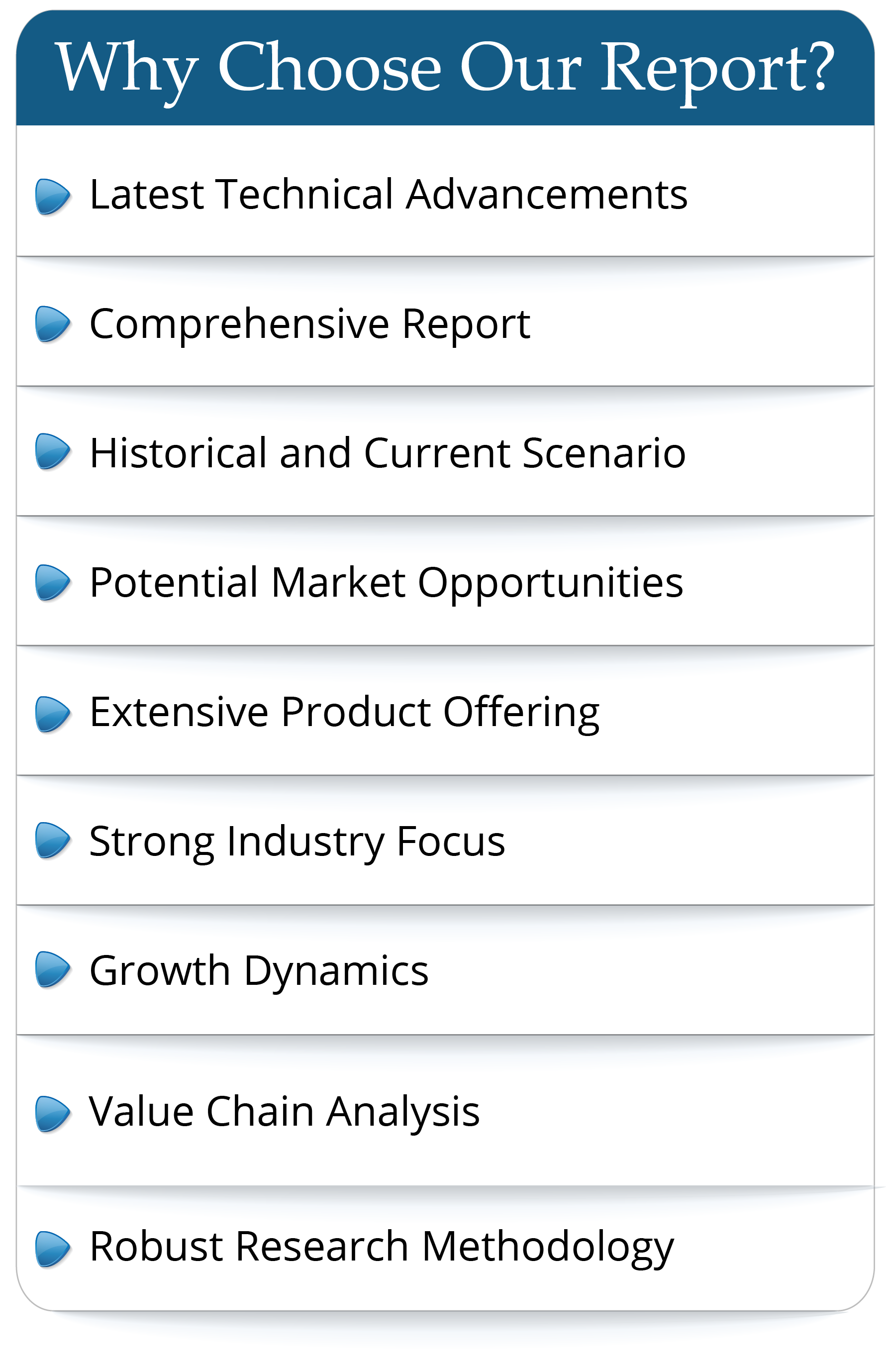According to the latest research, the global Hyaluronic Acid Raw Material market size was valued at USD 4952.69 million in 2022 and is expected to expand at a CAGR of -19.99% during the forecast period, reaching USD 1299.63 million by 2028.
There are two main sources of Hyaluronic acid the first being animal extracted (from Rooster Combs typically) and the second being bacterial fermentation. The hyaluronic acid molecule of hyaluronic acid can carry more than 500 times of water, so it is a high-quality moisturizing ingredient with extremely high clinical application value. Hyaluronic acid, as a functional raw material, is widely used in various fields. Hyaluronic acid with a larger molecular weight has stronger moisturizing properties, anti-falling properties and viscoelasticity, so it is often used as a filling material in medical beauty. Hyaluronic acid with a small molecular weight can be directly absorbed by the skin, so it is often used in moisturizing skin care products.
Hyaluronic Acid Raw Material Growth Drivers
Cross-linked hyaluronic acid has special properties, such as good biocompatibility, long degradation time in vivo, good filling and shaping effect, etc., which makes it a mainstream soft tissue filling material, and gradually replaces collagen and other fillers, and is widely used in various plastic fields. The economic development, the increase of per capita disposable income, the improvement of purchasing power and personal awareness of medical beauty have provided strong support for the growth of the global medical beauty market. Compared with surgical plastic surgery, non-surgical minimally invasive medical cosmetology, represented by injection, has faster recovery time, lower price and lower risk, so it has higher market acceptance and repurchase rate. The increasing demand of hyaluronic acid raw materials in the field of medical beauty will promote the development of Hyaluronic Acid Raw Material industry.
Region Overview:
From 2022-2027, China is estimated to witness robust growth prospects.
Company Overview:
The top three companies are Bloomage Biotech, HTL Biotechnology, Contipro, with the revenue market share of 30.56%, 13.62%, 10.83% in 2020.
Bloomage Biotechnology Corporation Limited. is a company integrating R&D, production and sales of hyaluronic acid. Its microbial fermentation technology for hyaluronic acid production is in a dominant position. Relying on the bio-fermentation technology platform and industrialization advantages, the company has developed a series of BIOACTIVE products with hyaluronic acid as the core. Bloomage has estabished nearly 200 specifications of hyaluronic acid, which are widely used in pharmaceutical, medical device, cosmetics and functional foods industry. Bloomage also offer other bioactive products, such as Bioecto™ Ectoine, Bioyouth™-EGT Ergothioneine Complex, Hyafactor™ - PGA Sodium Polyglutamate, Hyafactor™ - SG Sclerotium Gum Hydrogel, Bioyouth™ - Natto Natto Extract, Bioyouth™ - Brice Brown Rice Ferment Filtrate., etc.
Contipro is well known producer of hyaluronic acid for the pharmaceutical and cosmetic industries. Contipro expanded marketing network to 61 countries around the world and built large research and development center with more than 100 researchers. Most of the company´s scientific activities are focused on using hyaluronan in tissue engineering, wound healing, nanotechnology and drug delivery.
Segmentation Overview:
Among different product types, Microbial Fermentation segment is anticipated to contribute the largest market share in 2027.
Application Overview:
By application, the Cosmetics segment occupied the biggest share from 2017 to 2022.
This report elaborates on the market size, market characteristics, and market growth of the Hyaluronic Acid Raw Material industry between the year 2018 to 2028, and breaks down according to the product type, downstream application, and consumption area of Hyaluronic Acid Raw Material. The report also introduces players in the industry from the perspective of the value chain and looks into the leading companies.
Key Points this Global Hyaluronic Acid Raw Material Market Report Include:
Market Size Estimates: Hyaluronic Acid Raw Material market size estimation in terms of revenue and sales from 2018-2028
Market Dynamic and Trends: Hyaluronic Acid Raw Material market drivers, restraints, opportunities, and challenges
Macro-economy and Regional Conflict: Influence of global inflation and Russia & Ukraine War on the Hyaluronic Acid Raw Material market
Segment Market Analysis: Hyaluronic Acid Raw Material market revenue and sales by type and by application from 2018-2028
Regional Market Analysis: Hyaluronic Acid Raw Material market situations and prospects in major and top regions and countries
Hyaluronic Acid Raw Material Market
Hyaluronic Acid Raw Material Industry Chain: Hyaluronic Acid Raw Material market raw materials & suppliers, manufacturing process, distributors by region, downstream customers
Hyaluronic Acid Raw Material Industry News, Policies by regions
Hyaluronic Acid Raw Material Industry Porters Five Forces Analysis
Key players in the global Hyaluronic Acid Raw Material market are covered in Chapter 2:
AWA Biopharm
Lifecore
Contipro
Bloomage Biotech
Topscience
Fufeng Group
HTL Biotechnology
Focus Chem
Kewpie
Givaudan
In Chapter 6 and Chapter 9, on the basis of types, the Hyaluronic Acid Raw Material market from 2018 to 2028 is primarily split into:
Microbial Fermentation
Animal Tissue
In Chapter 7 and Chapter 10, on the basis of applications, the Hyaluronic Acid Raw Material market from 2018 to 2028 covers:
Cosmetics
Medical
Dietary Supplement
Geographically, the detailed analysis of consumption, revenue, market share and growth rate of the following regions from 2018 to 2028 are covered in Chapter 8 and Chapter 11:
United States
Europe
China
Japan
India
Southeast Asia
Latin America
Middle East and Africa
Others
In summary, this report relies on sources from both primary and secondary, combines comprehensive quantitative analysis with detailed qualitative analysis, and pictures the market from a macro overview to micro granular segment aspects. Whatever your role in this industry value chain is, you should benefit from this report with no doubt.
Chapter Outline
This report consists of 12 chapters. Below is a brief guideline to help you quickly grasp the main contents of each chapter:
Chapter 1 first introduces the product overview, market scope, product classification, application, and regional division, and then summarizes the global Hyaluronic Acid Raw Material market size in terms of revenue, sales volume, and average price.
Chapter 2 analyzes the main companies in the Hyaluronic Acid Raw Material industry, including their main businesses, products/services, sales, prices, revenue, gross profit margin, and the latest developments/updates.
Chapter 3 is an analysis of the competitive environment of Hyaluronic Acid Raw Material market participants. This mainly includes the revenue, sales, market share, and average price of the top players, along with the market concentration ratio in 2022 and the players' M&A and expansion in recent years.
Chapter 4 is an analysis of the Hyaluronic Acid Raw Material industrial chain, including raw material analysis, manufacturing cost structure, distributors, and major downstream buyers.
Chapter 5 focuses on Hyaluronic Acid Raw Material market dynamics and marketing strategy analysis, which include opportunities, challenges, industry development trends under inflation, industry news and policies analyzed by region, Porter's Five Forces analysis, as well as direct and indirect marketing, and the development trends of marketing channels.
Chapters 6-8 have segmented the Hyaluronic Acid Raw Material market by type, application, and region, with a focus on sales and value from 2018 to 2023 from both vertical and horizontal perspectives.
Chapters 9-11 provide detailed Hyaluronic Acid Raw Material market forecast data for 2023-2028, broken down by type and application, region, and major countries to help understand future growth trends.
Chapter 12 concludes with an explanation of the data sources and research methods. Verify and analyze through preliminary research to obtain final quantitative and qualitative data.
There are two main sources of Hyaluronic acid the first being animal extracted (from Rooster Combs typically) and the second being bacterial fermentation. The hyaluronic acid molecule of hyaluronic acid can carry more than 500 times of water, so it is a high-quality moisturizing ingredient with extremely high clinical application value. Hyaluronic acid, as a functional raw material, is widely used in various fields. Hyaluronic acid with a larger molecular weight has stronger moisturizing properties, anti-falling properties and viscoelasticity, so it is often used as a filling material in medical beauty. Hyaluronic acid with a small molecular weight can be directly absorbed by the skin, so it is often used in moisturizing skin care products.
Hyaluronic Acid Raw Material Growth Drivers
Cross-linked hyaluronic acid has special properties, such as good biocompatibility, long degradation time in vivo, good filling and shaping effect, etc., which makes it a mainstream soft tissue filling material, and gradually replaces collagen and other fillers, and is widely used in various plastic fields. The economic development, the increase of per capita disposable income, the improvement of purchasing power and personal awareness of medical beauty have provided strong support for the growth of the global medical beauty market. Compared with surgical plastic surgery, non-surgical minimally invasive medical cosmetology, represented by injection, has faster recovery time, lower price and lower risk, so it has higher market acceptance and repurchase rate. The increasing demand of hyaluronic acid raw materials in the field of medical beauty will promote the development of Hyaluronic Acid Raw Material industry.
Region Overview:
From 2022-2027, China is estimated to witness robust growth prospects.
Company Overview:
The top three companies are Bloomage Biotech, HTL Biotechnology, Contipro, with the revenue market share of 30.56%, 13.62%, 10.83% in 2020.
Bloomage Biotechnology Corporation Limited. is a company integrating R&D, production and sales of hyaluronic acid. Its microbial fermentation technology for hyaluronic acid production is in a dominant position. Relying on the bio-fermentation technology platform and industrialization advantages, the company has developed a series of BIOACTIVE products with hyaluronic acid as the core. Bloomage has estabished nearly 200 specifications of hyaluronic acid, which are widely used in pharmaceutical, medical device, cosmetics and functional foods industry. Bloomage also offer other bioactive products, such as Bioecto™ Ectoine, Bioyouth™-EGT Ergothioneine Complex, Hyafactor™ - PGA Sodium Polyglutamate, Hyafactor™ - SG Sclerotium Gum Hydrogel, Bioyouth™ - Natto Natto Extract, Bioyouth™ - Brice Brown Rice Ferment Filtrate., etc.
Contipro is well known producer of hyaluronic acid for the pharmaceutical and cosmetic industries. Contipro expanded marketing network to 61 countries around the world and built large research and development center with more than 100 researchers. Most of the company´s scientific activities are focused on using hyaluronan in tissue engineering, wound healing, nanotechnology and drug delivery.
Segmentation Overview:
Among different product types, Microbial Fermentation segment is anticipated to contribute the largest market share in 2027.
Application Overview:
By application, the Cosmetics segment occupied the biggest share from 2017 to 2022.
This report elaborates on the market size, market characteristics, and market growth of the Hyaluronic Acid Raw Material industry between the year 2018 to 2028, and breaks down according to the product type, downstream application, and consumption area of Hyaluronic Acid Raw Material. The report also introduces players in the industry from the perspective of the value chain and looks into the leading companies.
Key Points this Global Hyaluronic Acid Raw Material Market Report Include:
Market Size Estimates: Hyaluronic Acid Raw Material market size estimation in terms of revenue and sales from 2018-2028
Market Dynamic and Trends: Hyaluronic Acid Raw Material market drivers, restraints, opportunities, and challenges
Macro-economy and Regional Conflict: Influence of global inflation and Russia & Ukraine War on the Hyaluronic Acid Raw Material market
Segment Market Analysis: Hyaluronic Acid Raw Material market revenue and sales by type and by application from 2018-2028
Regional Market Analysis: Hyaluronic Acid Raw Material market situations and prospects in major and top regions and countries
Hyaluronic Acid Raw Material Market
Competitive Landscape
and Major Players: Analysis of 10-15 leading market players, sales, price, revenue, gross, gross margin, product/service profile and recent development/updates, etc.Hyaluronic Acid Raw Material Industry Chain: Hyaluronic Acid Raw Material market raw materials & suppliers, manufacturing process, distributors by region, downstream customers
Hyaluronic Acid Raw Material Industry News, Policies by regions
Hyaluronic Acid Raw Material Industry Porters Five Forces Analysis
Key players in the global Hyaluronic Acid Raw Material market are covered in Chapter 2:
AWA Biopharm
Lifecore
Contipro
Bloomage Biotech
Topscience
Fufeng Group
HTL Biotechnology
Focus Chem
Kewpie
Givaudan
In Chapter 6 and Chapter 9, on the basis of types, the Hyaluronic Acid Raw Material market from 2018 to 2028 is primarily split into:
Microbial Fermentation
Animal Tissue
In Chapter 7 and Chapter 10, on the basis of applications, the Hyaluronic Acid Raw Material market from 2018 to 2028 covers:
Cosmetics
Medical
Dietary Supplement
Geographically, the detailed analysis of consumption, revenue, market share and growth rate of the following regions from 2018 to 2028 are covered in Chapter 8 and Chapter 11:
United States
Europe
China
Japan
India
Southeast Asia
Latin America
Middle East and Africa
Others
In summary, this report relies on sources from both primary and secondary, combines comprehensive quantitative analysis with detailed qualitative analysis, and pictures the market from a macro overview to micro granular segment aspects. Whatever your role in this industry value chain is, you should benefit from this report with no doubt.
Chapter Outline
This report consists of 12 chapters. Below is a brief guideline to help you quickly grasp the main contents of each chapter:
Chapter 1 first introduces the product overview, market scope, product classification, application, and regional division, and then summarizes the global Hyaluronic Acid Raw Material market size in terms of revenue, sales volume, and average price.
Chapter 2 analyzes the main companies in the Hyaluronic Acid Raw Material industry, including their main businesses, products/services, sales, prices, revenue, gross profit margin, and the latest developments/updates.
Chapter 3 is an analysis of the competitive environment of Hyaluronic Acid Raw Material market participants. This mainly includes the revenue, sales, market share, and average price of the top players, along with the market concentration ratio in 2022 and the players' M&A and expansion in recent years.
Chapter 4 is an analysis of the Hyaluronic Acid Raw Material industrial chain, including raw material analysis, manufacturing cost structure, distributors, and major downstream buyers.
Chapter 5 focuses on Hyaluronic Acid Raw Material market dynamics and marketing strategy analysis, which include opportunities, challenges, industry development trends under inflation, industry news and policies analyzed by region, Porter's Five Forces analysis, as well as direct and indirect marketing, and the development trends of marketing channels.
Chapters 6-8 have segmented the Hyaluronic Acid Raw Material market by type, application, and region, with a focus on sales and value from 2018 to 2023 from both vertical and horizontal perspectives.
Chapters 9-11 provide detailed Hyaluronic Acid Raw Material market forecast data for 2023-2028, broken down by type and application, region, and major countries to help understand future growth trends.
Chapter 12 concludes with an explanation of the data sources and research methods. Verify and analyze through preliminary research to obtain final quantitative and qualitative data.
Years considered for this report:
Historical Years:
2018-2022Base Year:
2022Estimated Year:
2023Forecast Period:
2023-2028Frequently Asked Questions
This market study covers the global and regional market with an in-depth analysis of the overall growth prospects...
- By product type
- By End User/Applications
- By Technology
- By Region
The report provides a detailed evaluation of the market by highlighting information on different aspects including drivers, restraints...

 Pre-order Enquiry
Pre-order Enquiry Request Free Sample
Request Free Sample












